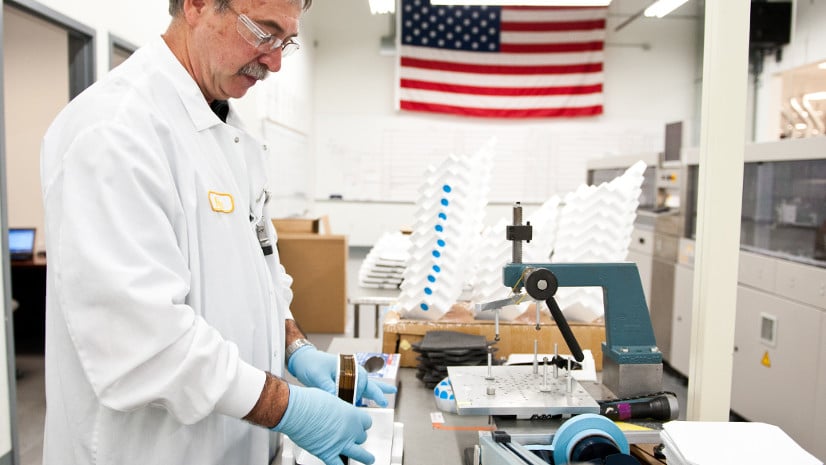$3 million is not a lot of money in the solar industry. But if you’re a bankrupt cell and module maker waiting on a the results of a major trade case and whose main creditor’s attempts to get China’s solar industry to pay $55 million for your equipment (which would cause you to drop that trade case) have failed, it may be good enough.
On Friday a bankruptcy court approved an additional $3 million boost to Suniva’s financing, as an amendment to SQN Capital’s debtor-in-possession agreement. A look at a budget filed with the court shows that in addition to the mundane cost of keeping the lights on at an office and paying healthcare costs, roughly half of this money will go to the ongoing legal costs of both the company’s bankruptcy proceedings and its work on the Section 201 case.
$40,000 of the $3 million budget for the rest of the year will serve as an additional incentive for a “key employee” during this time, in addition to the $178,000 that will go to payroll. This key employee is none other than Vice President Matt Card, who has been testifying in favor of strong trade action on global imports.
$40,000 extra for six weeks worth of testifying and strategy is good work if you can get it, but perhaps SQN could have found someone who didn’t previously publicly argue against trade action in the anti-dumping and countervailing duty petition filed in 2014 by SolarWorld.
Despite its poor choice of spokesperson, SQN appears to be holding out for strong trade action on the Section 201 case. But this does not mean that Suniva necessarily has a detailed or effective plan to resume manufacturing after the conclusion of the Section 201 process, a point which has been raised repeatedly by Solar Energy Industries Association (SEIA).
Some of this suspicion may come from SQN Capital clearly stating in a letter to Chinese authorities that if they received money to pay back what Suniva owed them, they would dissolve the company instead of trying to rescue it.
A plan for continued operation is required as part of the Section 201 process. And while Suniva stated in its October 10 post-hearing brief to the ITC that strong trade action under the Section 201 process would allow it to exit Chapter 11 and resume manufacturing at full capacity, the company’s six-point plan to execute is redacted from the public version.
Correction: This article was changed on October 24 at 3:40 PM to remove the word “blackmail”. Blackmail has specific legal connotations and we regret using this word.
This content is protected by copyright and may not be reused. If you want to cooperate with us and would like to reuse some of our content, please contact: editors@pv-magazine.com.









By submitting this form you agree to pv magazine using your data for the purposes of publishing your comment.
Your personal data will only be disclosed or otherwise transmitted to third parties for the purposes of spam filtering or if this is necessary for technical maintenance of the website. Any other transfer to third parties will not take place unless this is justified on the basis of applicable data protection regulations or if pv magazine is legally obliged to do so.
You may revoke this consent at any time with effect for the future, in which case your personal data will be deleted immediately. Otherwise, your data will be deleted if pv magazine has processed your request or the purpose of data storage is fulfilled.
Further information on data privacy can be found in our Data Protection Policy.